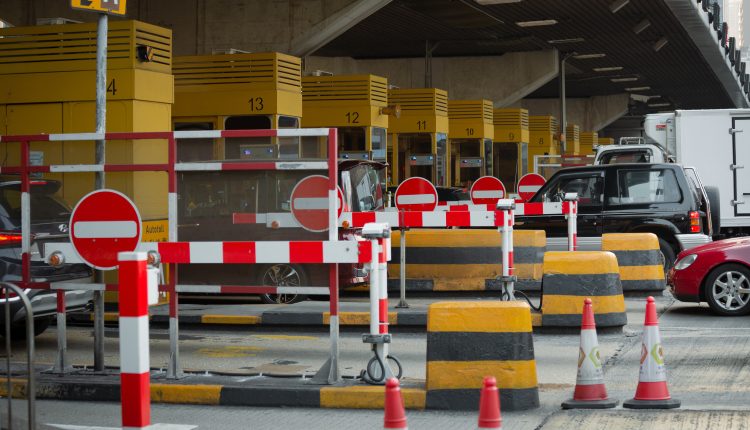Amidst the hustle and bustle of New York City’s congestion pricing plan, an initiative targeting traffic congestion, a disquieting chorus of concerns has emerged from the city’s emergency services personnel, particularly resonating among EMTs and paramedics.
The Crux of the Congestion Pricing Plan
At the heart of the Metropolitan Transportation Authority’s (MTA) congestion pricing plan is a $15 fee levied on drivers entering the designated Manhattan zone. This zone encompasses several emergency service stations that house approximately 400 EMT workers, integral components of the city’s emergency response system.
Read More:
- Unveiling the Floral Mystery and Strategic Tips for Success
- Guardians of Tranquility: Safeguarding New Jersey’s Serene Shore Towns
- The Menace of Scams: Navigating the Deceptive Waters in New Jersey
Financial Burden on Emergency Workers

For EMTs and paramedics, whose annual salaries fall within the range of $39,386 to $75,872, the congestion pricing plan places a weighty financial burden upon them. The estimated annual cost of nearly $4,000 looms large, representing a substantial portion of their hard-earned income.
Housing and Commuting Challenges
Many of these emergency workers, constrained by modest incomes, choose to reside outside the city and depend on personal vehicles for commuting. The implementation of congestion pricing is poised to compound their financial woes and logistical challenges, potentially impinging on their ability to serve the city efficiently.
The Effect on Emergency Response
The specter of a potential reduction in EMT availability, driven by financial strain, looms large and threatens to extend emergency response times. In situations where seconds can be the difference between life and death, this delay could have severe and life-threatening consequences for the residents of New York.
Contradicting Traffic Projections
In a curious twist, the MTA’s own 2045 outlook forecasts a surge in citywide traffic, with minimal impact on congestion in Manhattan. This incongruity prompts valid questions about the efficacy and true impact of the congestion pricing plan on traffic reduction.
As New York City’s congestion pricing plan, ostensibly designed to alleviate traffic, unfolds, it casts a shadow over the city’s emergency services workforce. The palpable financial burden on EMTs and paramedics, coupled with doubts about the plan’s effectiveness in traffic reduction, beckons a reevaluation. Safeguarding the city’s emergency response capabilities demands a balanced approach that considers the welfare of those who serve on the front lines of public safety.

